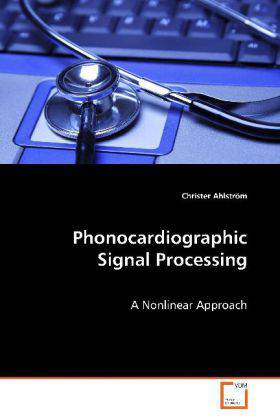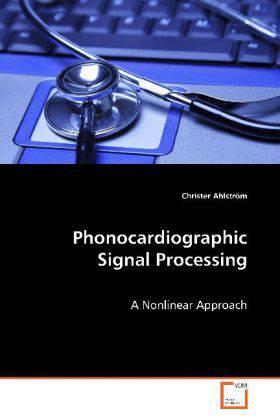
- Afhalen na 1 uur in een winkel met voorraad
- Gratis thuislevering in België vanaf € 30
- Ruim aanbod met 7 miljoen producten
- Afhalen na 1 uur in een winkel met voorraad
- Gratis thuislevering in België vanaf € 30
- Ruim aanbod met 7 miljoen producten
€ 115,95
+ 231 punten
Omschrijving
Phonocardiography and auscultation are noninvasive, low-cost and accurate methods for assessing heart disease. However, diagnosis by auscultation requires great experience and there is considerable inter-observer variation. The primary aim of this book is to present objective signal processing tools able to extract information from the phonocardiographic (PCG) signal. The PCG signal is traditionally analyzed and characterized by morphological properties in the time domain, by spectral properties in the frequency domain or by nonstationary properties in a joint time-frequency domain. Besides reviewing these techniques, this book also covers recent advancements in nonlinear PCG signal analysis. Especially, Takens' delay embedding theorem is used to reconstruct the underlying system's state space. This processing step provides a geometrical interpretation of the signal's dynamics, whose structure can be used for both system characterization and classification as well as for signal processing tasks such as detection and prediction. In a world where modern health care is striving for time- and cost-contained point-of-care testing, it is now time to bring phonocardiography up to date.
Specificaties
Betrokkenen
- Auteur(s):
- Uitgeverij:
Inhoud
- Aantal bladzijden:
- 232
- Taal:
- Engels
Eigenschappen
- Productcode (EAN):
- 9783639071108
- Verschijningsdatum:
- 18/09/2008
- Uitvoering:
- Paperback
- Formaat:
- Trade paperback (VS)
- Afmetingen:
- 152 mm x 229 mm
- Gewicht:
- 317 g

Alleen bij Standaard Boekhandel
+ 231 punten op je klantenkaart van Standaard Boekhandel
Beoordelingen
We publiceren alleen reviews die voldoen aan de voorwaarden voor reviews. Bekijk onze voorwaarden voor reviews.










